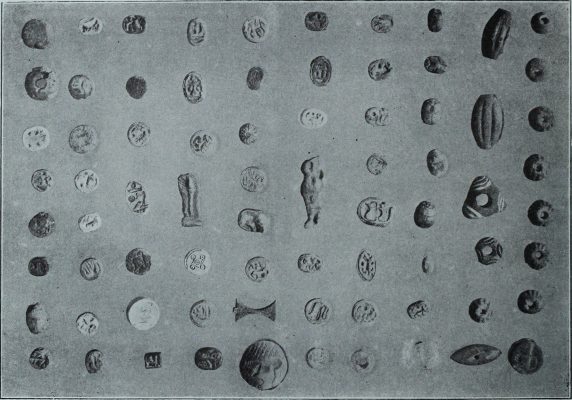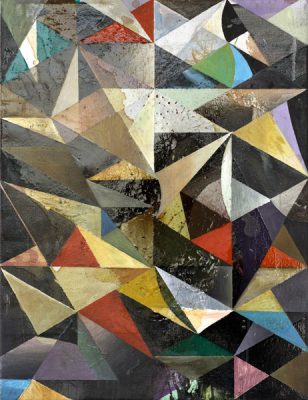‘Play! Invent the world! Invent reality!’ cries one character in Vladimir Nabokov’s Look at the Harlequins!, playfully referring to her own non-existence. There is art that projects itself as real, that replaces the reader’s rational world with one that is imagined and invented, and asks everyone to play along. And then there is art – like Nabokov’s – that rebels against reality, that draws attention to its own artifice and unreal-ness. C. D. Rose’s latest work belongs to this latter category, and is a refreshing example of literary play done well.
I liked this book. And I liked liking it, basking in its twee, timeless, self-conscious world. An English professor is invited to give a series of lectures in an unnamed central European city on the subject of forgotten books, following the success of his book The Biographical Dictionary of Literary Failure — the title of Rose’s own previous work, published in 2014. This brief interruption of fact within fiction occurs in chapter one, as if to invite the reader to prepare for a sojourn in the supernatural.
The name of the city, we are told, is unimportant, but we’re placed in a Kafka-esque urban environment, somewhere between the Austro-Hungarian empire and Post-Soviet Eastern Europe, where the newspapers contain ‘disturbingly few vowels in their mastheads’ and where Liberation Square and Revolution Square are regularly confused. In a kind of Truman Show reality, the professor’s world is peopled by few but all too-deliberate characters: the crazed taxi driver-cum-personal chauffeur in his orange football shirt and ‘80s Lada; the pair of identical non-same-sex twins Ono and Ana, who interchangeably serve as the professor’s assistant and whose palindromic names amplify their malleable identity; and the permanently performing performance artist Squattrinato, who appears to have parachuted straight from the final act of a Pirandello play without removing his make-up. The town is also the resting place of the professor’s favourite writer Guyavitch (who allegedly never existed) – ‘Guy’ alluding to everybody and therefore nobody. In sum, they create a world not of people, but characters, who serve knowingly to position the novel as a feat of invention, not as any semblance of reality.
The book’s subtitle — ‘Ten Lectures on Great Lost Books’ — in essence describes its plot, with enjoyable chunks of first-person narrative neatly wedged between the delivery of each lecture. The lectures themselves (on subjects ranging from the mise-en-abyme in E.J. Scrowl’s The Mystery of the Phantom Train to the nature writing in John Brisling’s The Dark Monarch) are somewhat dull; they receive a rather tepid response from both the fictional audience and from me. Though the professor is ostensibly championing forgotten books, he is continually in conversation with more recognised literary greats. Several nods are made to Gogol – the master of fantasy – and his overcoat; the epigraph contains a pithy Walter Benjamin quote on storytelling; the scene where the professor is picked up in a cab to be driven from his hotel to a new apartment several yards away harks back to the absurdity of Beckett. So what does this strange, surreal, bookish world all amount to? Are we to draw any meaning from Rose’s lecture(s), or is this merely an exercise in flexing bibliographical muscles?
Stendhal described the relationship between reader and writer as a violin: ‘A novel is like a bow,’ he wrote, ‘and the violin that produces the sound is the reader’s soul.’ In Rose’s novel, the professor tells us: ‘I believe in literature as a collaborative adventure, a joint enterprise of reader and writer (and reader-writer and writer-reader).’ Taking Stendhal’s assertion as read, Rose goes one step further, almost directly asking the reader to make the strings on the violin quiver. He leaves his tenth and final lecture completely blank (if you have read László Krasznahorkai’s The World Goes On you might be weary of this John Cage-inspired experimentation), inviting the reader to imagine what he might have said. In this instance, there is barely a bow, only our active imagination and a blank stave.
During the professor’s earlier lecture on Brisling’s The Dark Monarch, he identifies one particular character as a ‘possible key to reading the book’. The character (a drowned man) is himself unimportant, but this notion suggests there may be a key to reading Rose’s book too, lying hidden beneath the inconstant, intellectual whimsy. In one conversation, the professor’s attaché at the University declares, ‘but really, literature is about our power to be other people’. Is this the profound insight – the key – that the professor gestures towards but can never quite say? Throughout Rose’s book, the professor’s experiences frequently mirror those of the characters in his lectures: the title itself refers to our ability to inhabit another person, yet in the final blank-paged lecture, we have no choice but to become a student, sitting in a sterile, brutalist, central-European lecture theatre. Where Rose succeeds is in showing us that through literature we can occupy selves beyond our own, even within a world that is doing its best to prove it doesn’t exist.
In the final scene, the professor takes his leave and heads to the train station where he first saw those indecipherable newspaper headlines, peppered with consonants. But this time, the station is deserted, it is dark, cold, hushed, resembling an empty theatre following an evening production. In Nabokov’s Invitation to a Beheading, a similar technique is employed, collapsing the stage just as quickly as it was erected, as if to flag its own artifice one last time before vanishing into nothingness. As I closed the book, I remembered one of the professor’s proverbs: ‘Nothing is ever its surface, nothing is ever what it appears to be, even when it is.’




